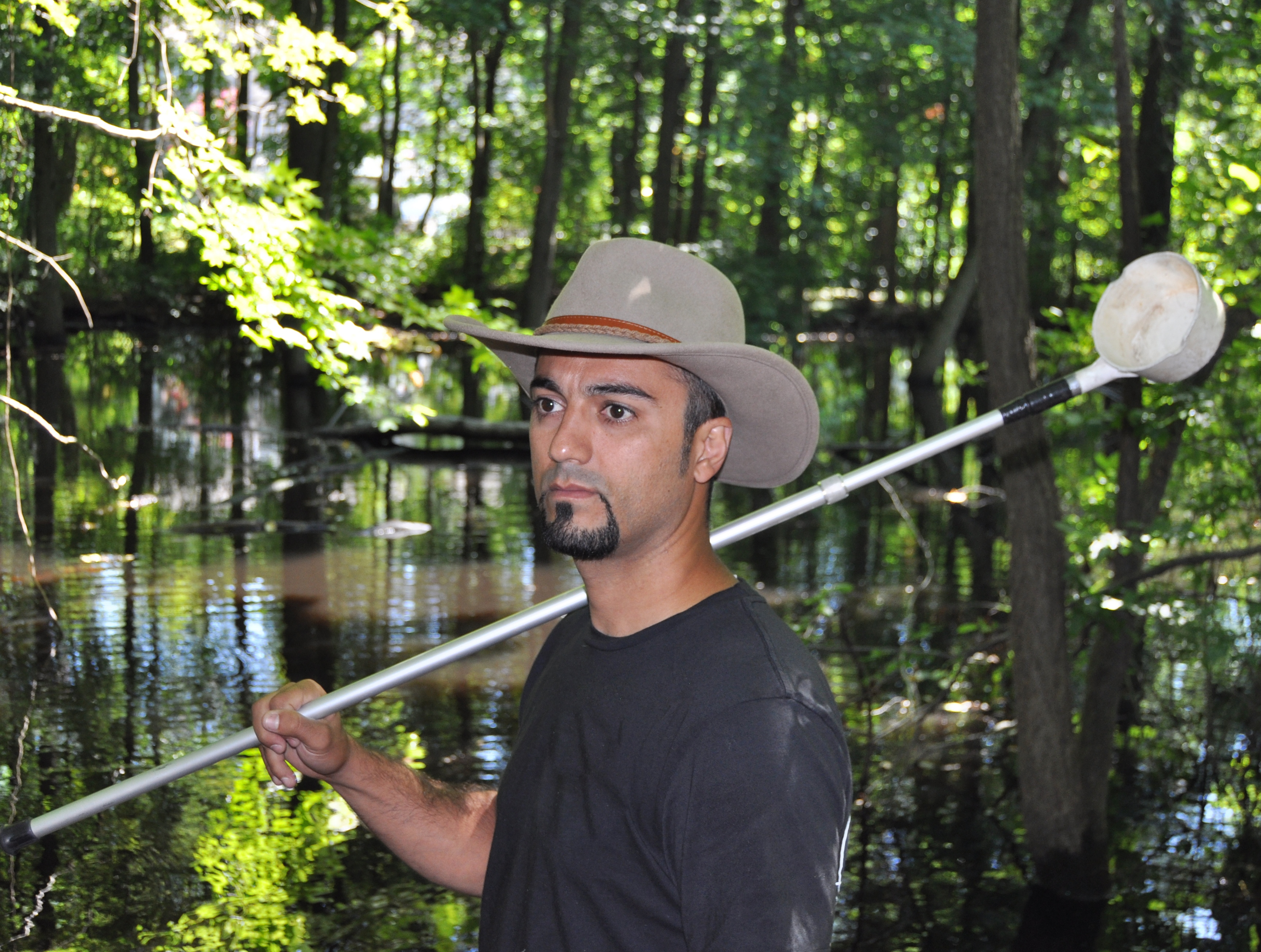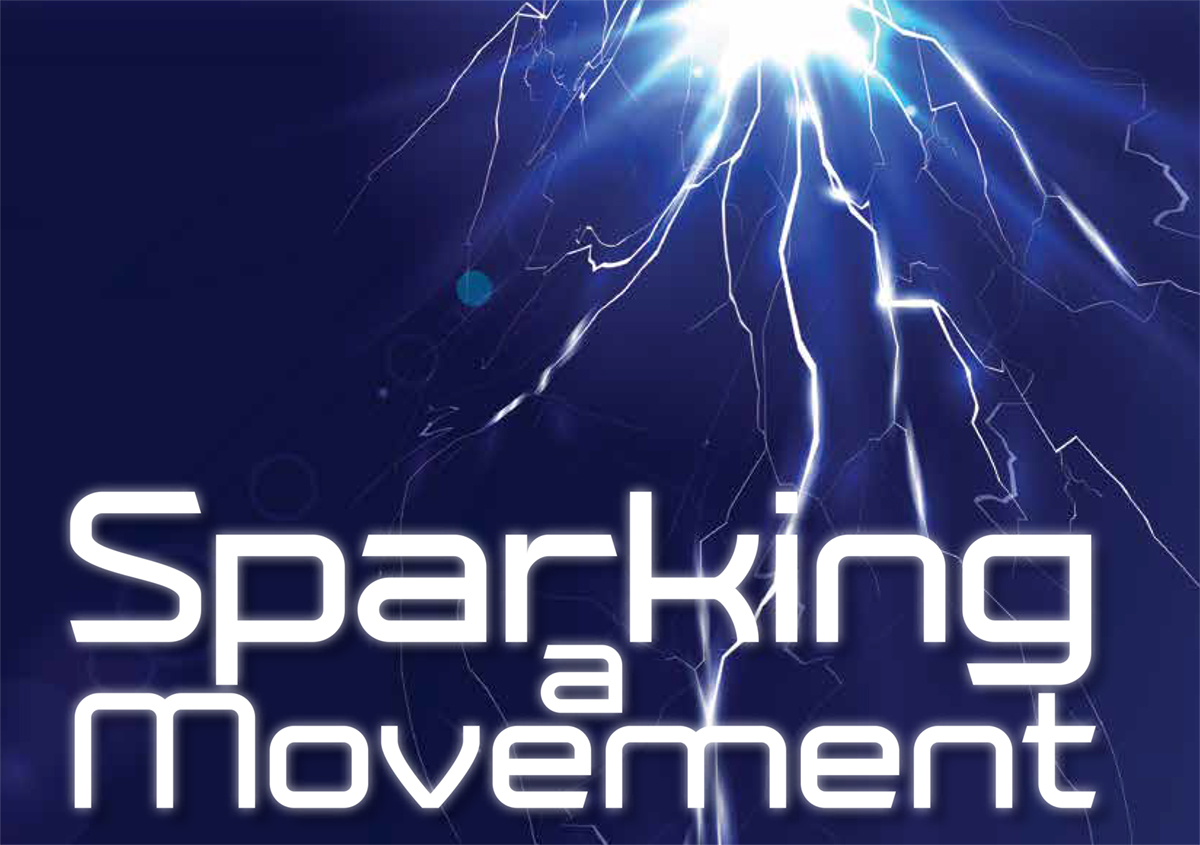Archive: Science Update: Soaring into the Future with NASA Aeronautics, May 13, 2021
With so much recent media attention on our Commercial Crew Program and Mars 2020 “Perseverance” rover, it might be easy to forget the first “A” in NASA. However, without the foundational “small steps” of aeronautics research, there would have been no “giant leaps” on the Moon, no Space Shuttle, no goal of sending humans to Mars.
With so much recent media attention on our Commercial Crew Program and Mars 2020 “Perseverance” rover, it might be easy to forget the first “A” in NASA. However, without the foundational “small steps” of aeronautics research, there would have been no “giant leaps” on the Moon, no Space Shuttle, no goal of sending humans to Mars.
With so much recent media attention on our Commercial Crew Program and Mars 2020 “Perseverance” rover, it might be easy to forget the first “A” in NASA. However, without the foundational “small steps” of aeronautics research, there would have been no “giant leaps” on the Moon, no Space Shuttle, no goal of sending humans to Mars.
With so much recent media attention on our Commercial Crew Program and Mars 2020 “Perseverance” rover, it might be easy to forget the first “A” in NASA. However, without the foundational “small steps” of aeronautics research, there would have been no “giant leaps” on the Moon, no Space Shuttle, no goal of sending humans to Mars.









